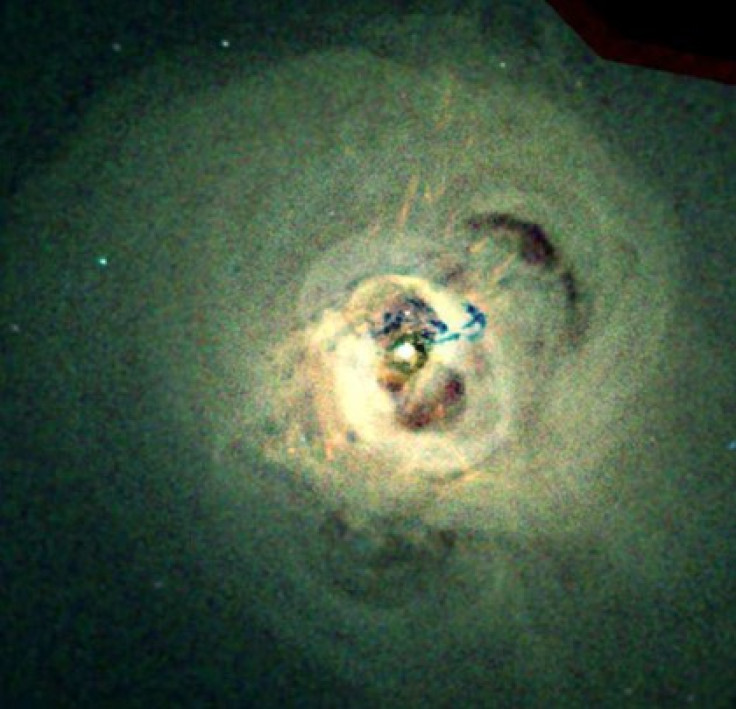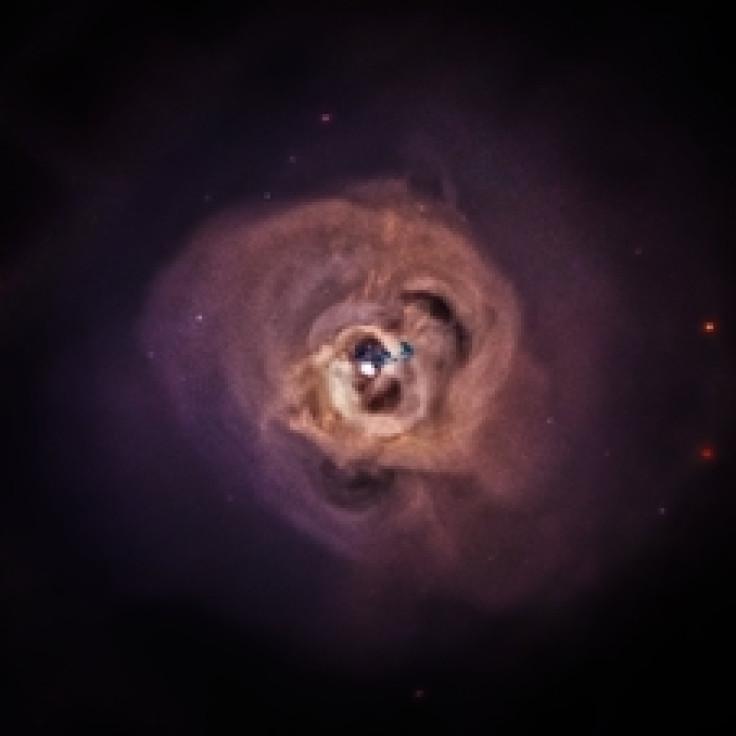Nasa Astronomers Detect Unusual High Intensity X-Ray Signal From Supposed 'Dark Matter'
Nasa astronomers have picked up an unusual x-ray signal, approximately 240 million light years away from the earth. The signal has been found in what astronomers term as 'dark matter' of the universe.

The "unusual" x-ray emission was detected by Nasa's Chandra X-Ray Observatory and XMM Newton satellite controlled by the European Space Agency. The x-ray emissions were supposedly being emitted from multiple galaxy clusters numbering as much as 70.
According to Nasa, the unidentified signal is "a spike of intensity at a very specific wavelength" of x-ray light radiation.
Currently, scientists are unaware of the detected emission's origin.
"We know that the dark matter explanation is a long shot, but the pay-off would be huge if we're right," said Esra Bulbul of the Harvard-Smithsonian Center for Astrophysics (CfA) in Cambridge, Mass, who conducted a study of X-rays that were emanated from the dark matter "...So we're going to keep testing this interpretation and see where it takes us," added Esra.

However, according to a theory on x-rays emanating from the dark matter, the emission could have been the end result of a 'sterile neutrino' decay. Sterile neutrinos generally interact with normal matter through gravity. Scientists say dark matter partially constists of sterile neutrinos.
"We have a lot of work to do before we can claim, with any confidence, that we've found sterile neutrinos," said Maxim Markevitch, a co-author of NASA's Goddard Space Flight Center in Greenbelt, Maryland. "But just the possibility of finding them has us very excited, added Markevitch," he added.
The findings were made by Esra Bulbul and team based on a series of observations that were conducted for 17 days. These observations (of the Perseus Cluster) were recorded for over 10 years by Chandra X-Ray Observatory of Nasa and the European Space Agency.
© Copyright IBTimes 2024. All rights reserved.





